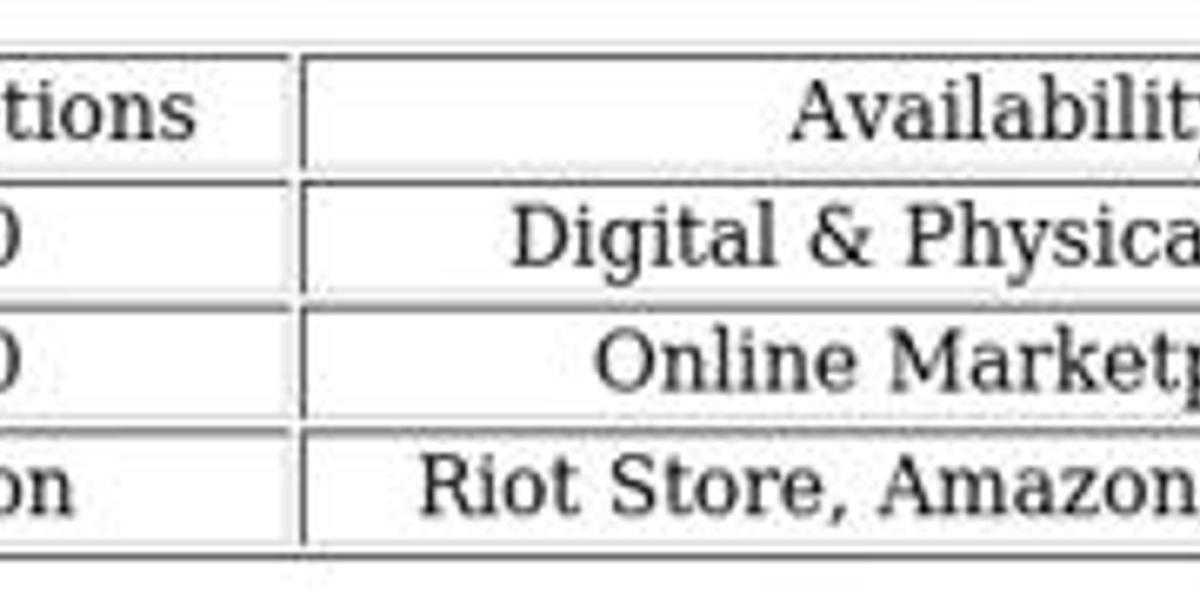In recent years, the window installation industry has seen significant advancements that are changing the way homeowners and builders approach window solutions. Among these innovations, smart windows and automated installation systems stand out as the most transformative technologies. These advancements not only enhance energy efficiency but also improve user experience and streamline the installation process. This article explores these innovations and their implications for the future of window installation.

The Evolution of Window Technology
Traditionally, windows have served the primary function of allowing light and air into a building while providing a barrier against the elements. However, with the increasing emphasis on sustainability and energy efficiency, the role of windows has evolved. Modern windows are now designed to contribute to a building's overall energy performance. Innovations such as double or triple glazing, low-emissivity (Low-E) coatings, and argon gas fills have improved thermal performance, reducing heating and cooling costs.

Introduction of Smart Windows
Smart windows represent a significant leap forward in window technology. These windows can change their properties in response to environmental conditions, allowing for better control of light and heat. The most common types of smart windows include:
- Electrochromic Windows: These windows can change their tint when an electric current is applied, allowing users to control the amount of sunlight and heat that enters a room. This feature not only enhances comfort but also reduces reliance on air conditioning.
- Photochromic Windows: These windows automatically darken in response to sunlight, providing passive solar control without the need for electrical input. They are particularly useful in areas with high sunlight exposure.
- Thermochromic Windows: These windows change their tint based on temperature, helping to regulate indoor climates without mechanical systems.
- Switchable Glazing: This technology allows users to switch between transparent and opaque states, providing privacy on demand and reducing glare.
Automated Window Installation Systems
Alongside the development of smart windows, automated installation systems are transforming the way windows are installed. These systems leverage advanced robotics and artificial intelligence to streamline the installation process, making it faster, safer, and more efficient. Key features of automated window installation systems include:
- Robotic Assistance: Robots can assist in lifting and positioning windows, reducing the risk of injury for human workers and ensuring precise placement. This is particularly beneficial for large or heavy windows that require multiple people to install.
- Precision Measurement and Cutting: Automated systems can take precise measurements of window openings and cut frames to fit perfectly, minimizing waste and ensuring a snug fit. This precision reduces the need for adjustments during installation and enhances the overall quality of the work.
- Real-time Monitoring: Advanced sensors can monitor the installation process in real-time, providing feedback and adjusting operations as needed. This capability helps to identify potential issues before they become problems, ensuring a smoother installation process.
- Integration with Building Information Modeling (BIM): Automated systems can be integrated with BIM software, allowing for seamless coordination between different trades during construction. This integration helps to prevent conflicts and delays, improving overall project timelines.
Benefits of Advanced Window Installation Technologies
The combination of smart windows and automated installation systems offers numerous benefits for homeowners, builders, and the environment:
- Energy Efficiency: Smart windows can significantly reduce energy consumption by minimizing the need for heating and cooling. Automated installation ensures that windows are installed correctly, maximizing their energy-saving potential.
- Improved Comfort: The ability to control light and temperature with smart windows enhances indoor comfort. Homeowners can enjoy natural light without the associated heat, leading to a more pleasant living environment.
- Enhanced Safety: Automated installation systems reduce the risk of injury associated with manual lifting and positioning of heavy windows. This is particularly important in construction sites where safety is a top priority.
- Cost Savings: While the initial investment in smart windows and automated installation systems may be higher than traditional options, the long-term savings on energy bills and reduced labor costs make them an attractive choice for many homeowners and builders.
- Sustainability: The use of energy-efficient windows and automated systems contributes to sustainability goals by reducing the carbon footprint of buildings. As the construction industry moves towards greener practices, these technologies play a crucial role.
Challenges and Considerations
Despite the numerous benefits, there are challenges associated with the adoption of smart windows and automated installation systems. The initial cost of smart window technology can be a barrier for some homeowners. Additionally, the integration of automated systems requires skilled labor and training, which may not be readily available in all markets.
Moreover, the technology is still evolving, and ongoing research and https://electionforecast.co.uk/clear-vision-why-glass-partitions-are-the-future-of-office-design/ development are necessary to improve the performance and affordability of smart windows. As the industry continues to innovate, it is essential for manufacturers, builders, and consumers to stay informed about the latest advancements and best practices.
The Future of Window Installation
The future of window installation is poised for continued transformation as smart technologies and automation become more prevalent. As homeowners increasingly prioritize energy efficiency and comfort, the demand for innovative window solutions will grow. Furthermore, advancements in materials science and manufacturing processes will likely lead to even more efficient and cost-effective window options.
As the industry embraces these changes, it is crucial for stakeholders to collaborate and share knowledge to ensure that the benefits of these technologies are maximized. By investing in research, training, and education, the window installation sector can pave the way for a more sustainable and efficient future.
In conclusion, the advancements in smart windows and automated installation systems represent a significant leap forward in the window installation industry. These innovations enhance energy efficiency, improve user experience, and streamline the installation process, ultimately transforming the way we think about windows in our homes and buildings. As the industry continues to evolve, embracing these technologies will be essential for meeting the demands of modern construction and sustainability goals.







